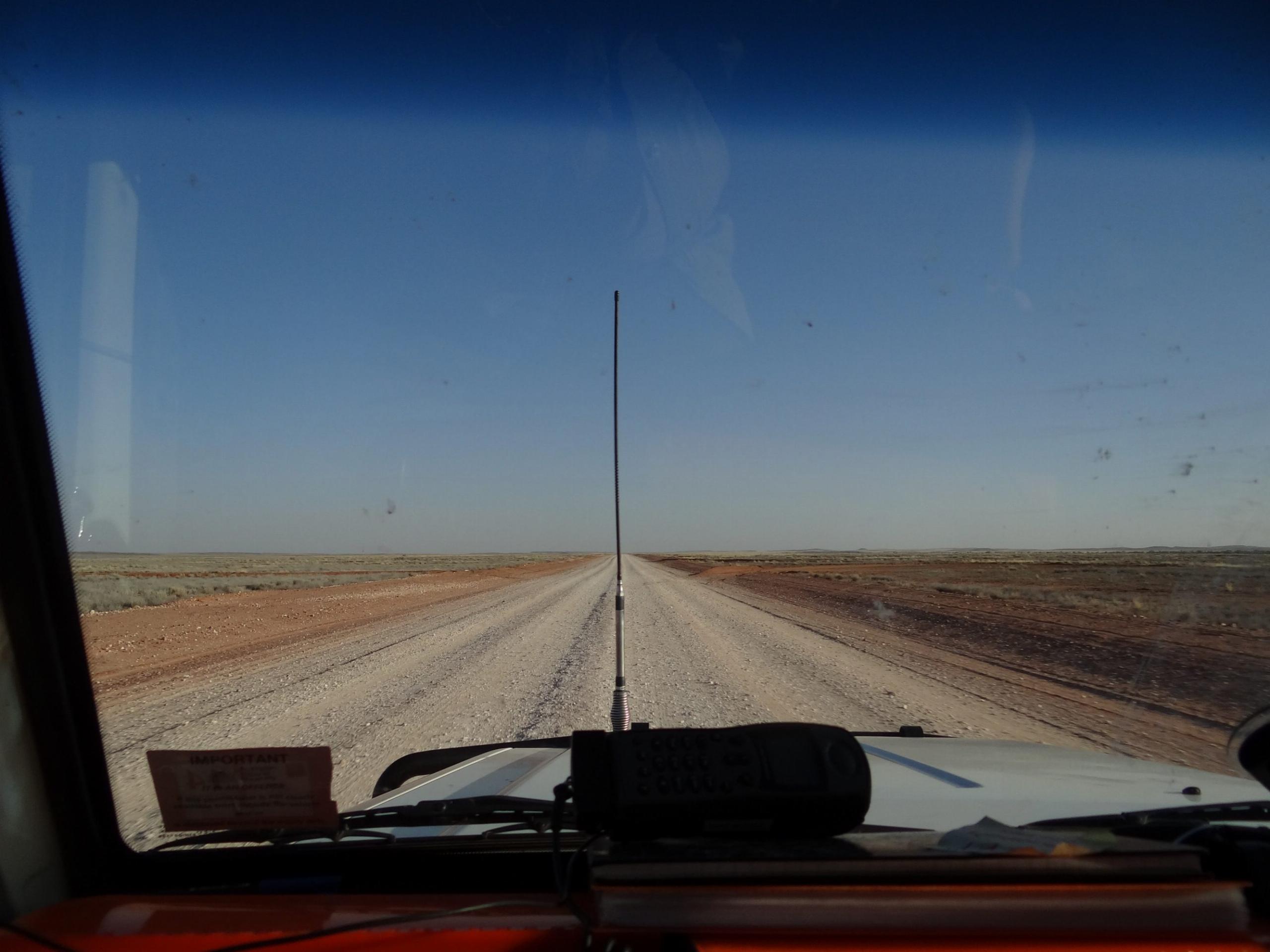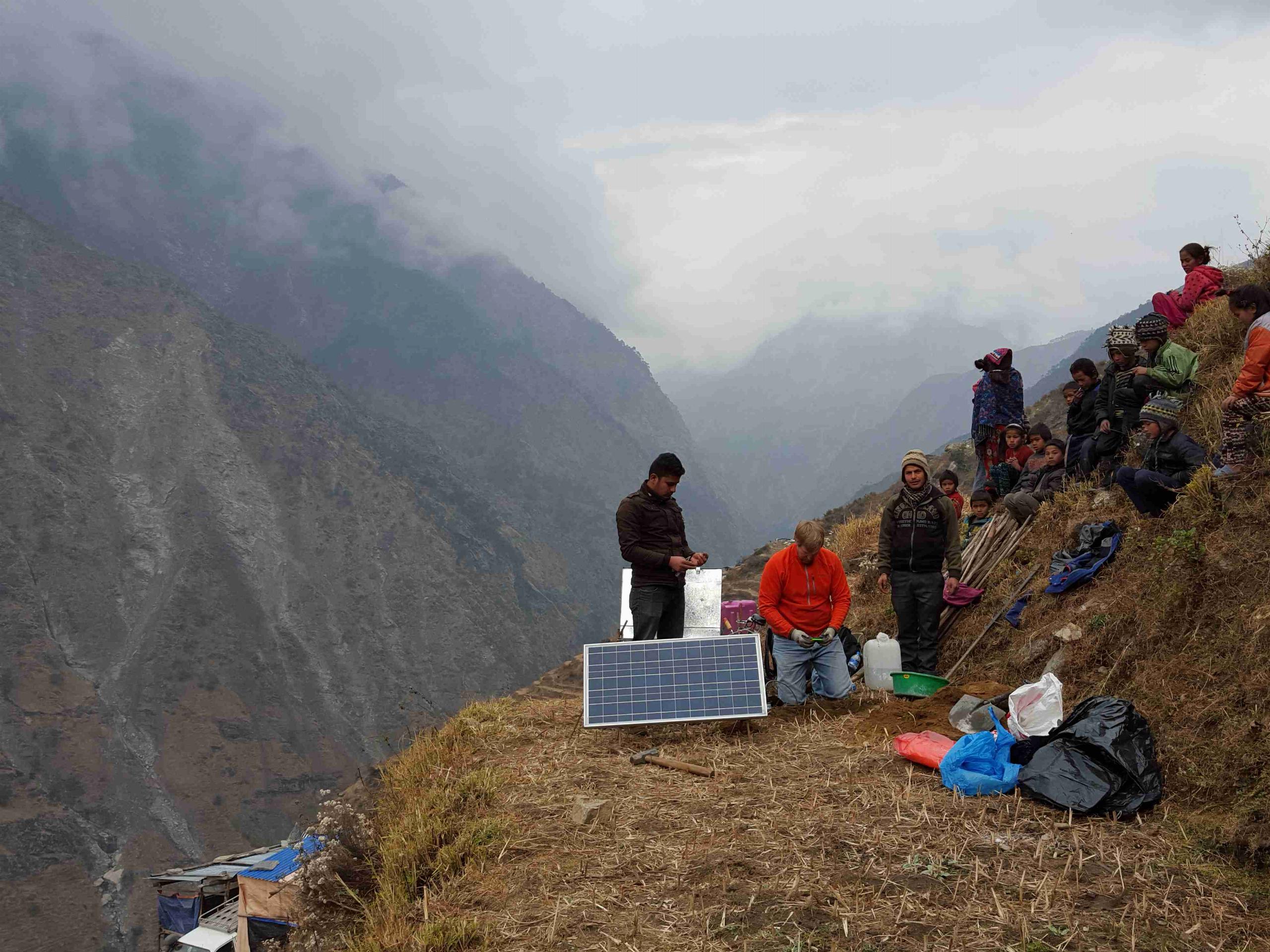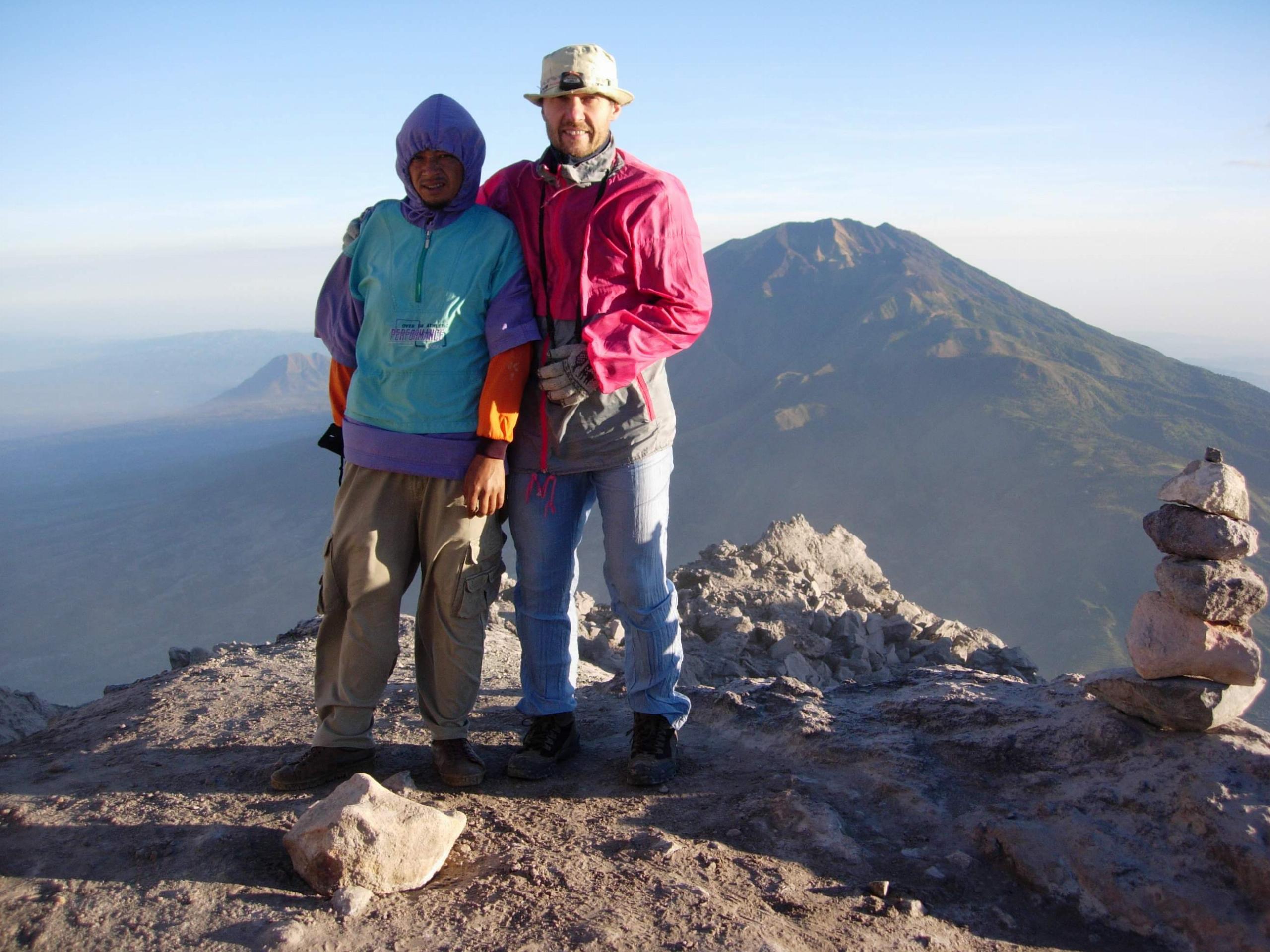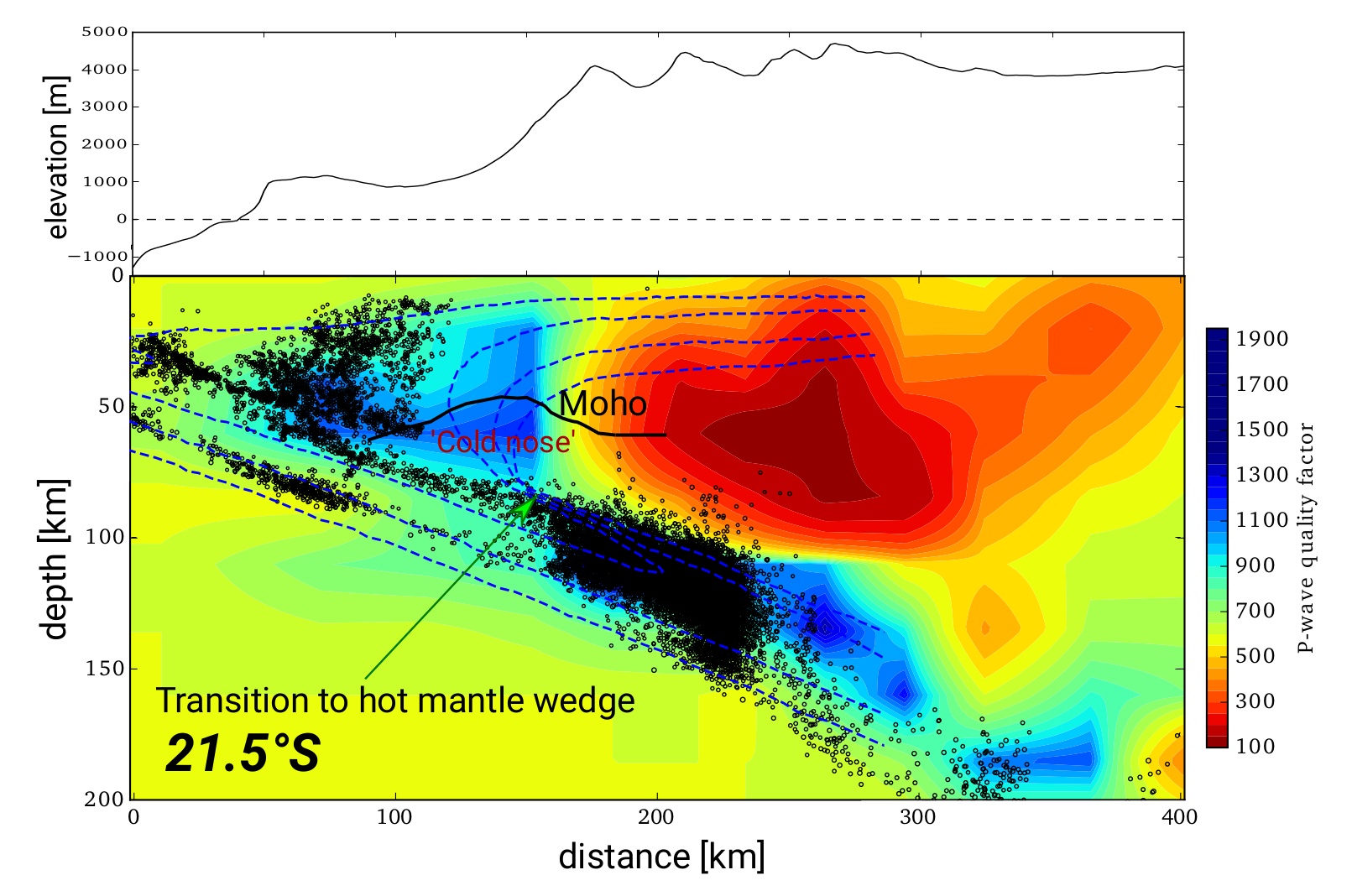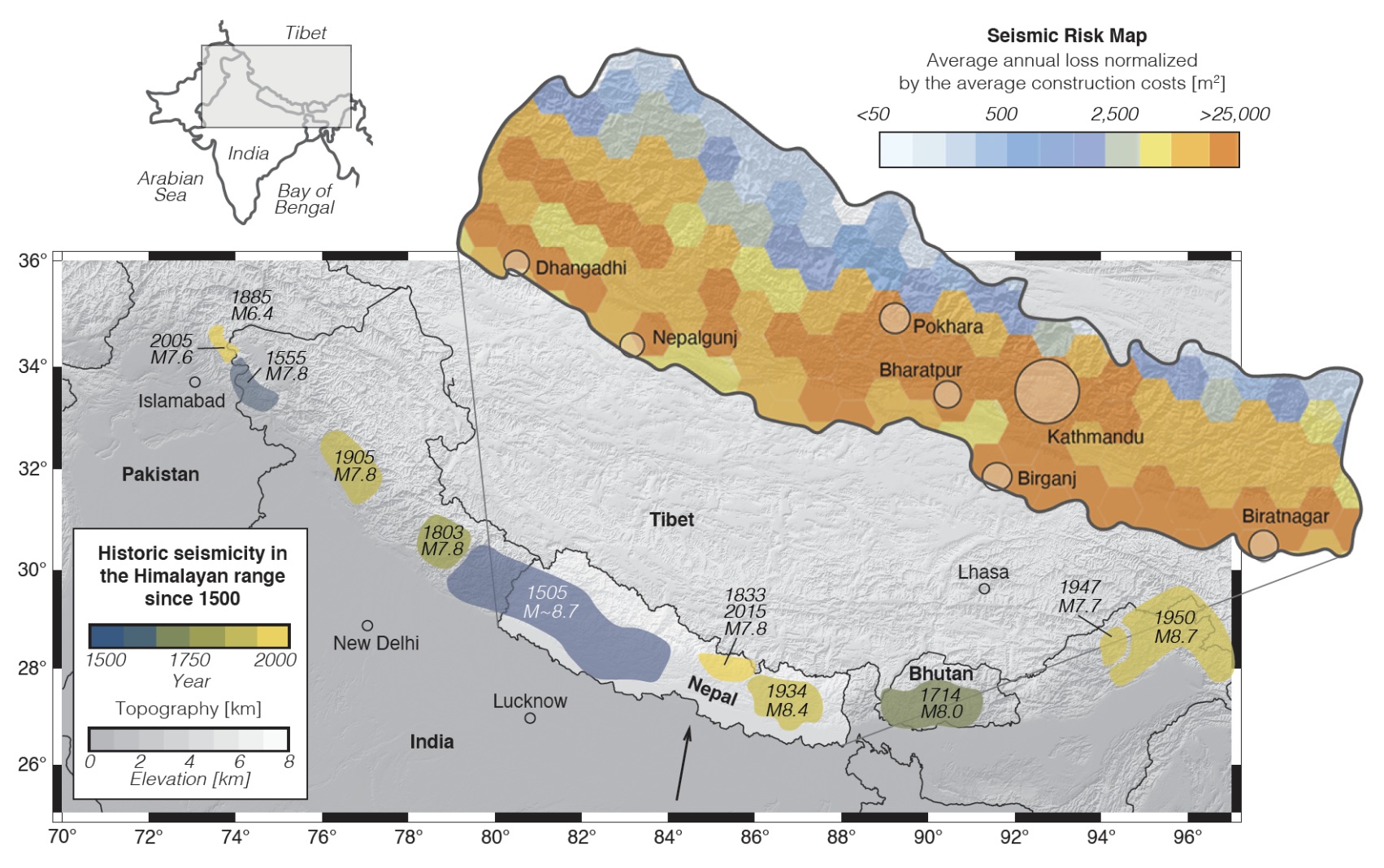Team Leader: Christian Sippl
Our research
We investigate tectonically active regions around the world using a variety of seismological methods, and we combine our results with constraints from other disciplines. Recent research topics include:
- Subduction zone processes as highlighted by seismicity and seismic velocities
- Faulting and seismic hazard in continental collision zones
- Effects of fluid and melt migration on volcanic activity in subduction environments
- Relation between intraslab earthquakes and bending and unbending stresses
Ongoing projects:
OpenEEW, development of an open-source earthquake early warning system (Collaborator: Václav Kuna)
MILESTONE ‘Microseismicity Illuminates Subduction Zone structure’ ERC Starting Grant (PI: Christian Sippl, 2021-2026)
UNDERCOVER: Horizon Project (Co-I: Christian Sippl, 2025-2027)
Finished projects:
PRECURSOR, investigating precursory and coseismic processes on the Chilean megathrust supported by the Chilean Science Foundation (Collaborator: Christian Sippl, 2020-2022)
CAS-ANID Mobility Plus project ‘Deep learning seismology applied to the Chilean subduction zone’ (Collaborator: Christian Sippl, 03/2023-03/2024)
People
| Name | Role | Current research avenues | |
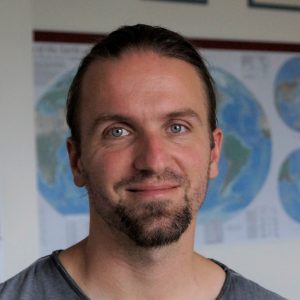 |
Christian Sippl | Researcher |
|
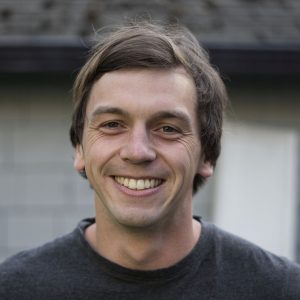 |
Václav Kuna | Researcher |
|
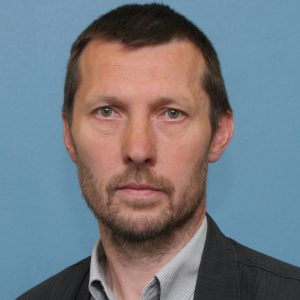 |
Aleš Špičák | Senior researcher |
|
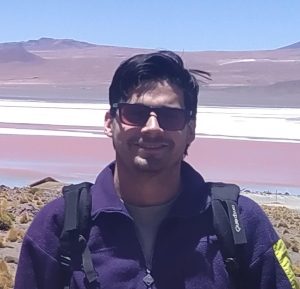 |
Ignacio Castro Melgar | Postdoctoral researcher |
|
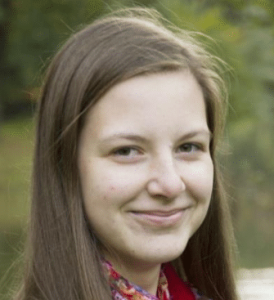 |
Dominika Godová | Postdoctoral researcher |
|
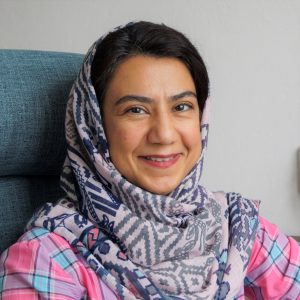 |
Nooshin Najafipour | PhD student |
|
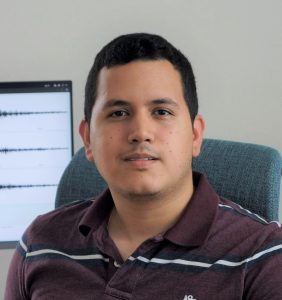 |
Jorge Puente Huerta | PhD student |
|
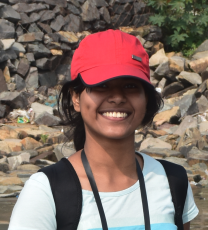 |
Nazia Hassan | PhD student |
|
Deploying stations in Central Australia
Station setup in Nepal
Fieldwork in Indonesia (atop Mt. Merapi)
Locations and mechanisms of swarm quakes beneath seamounts in the Andaman Sea triggered by distant earthquakes
Earthquake hypocenters and attenuation structure of the North Chilean subduction zone
Seismic hazard and risk in Nepal



